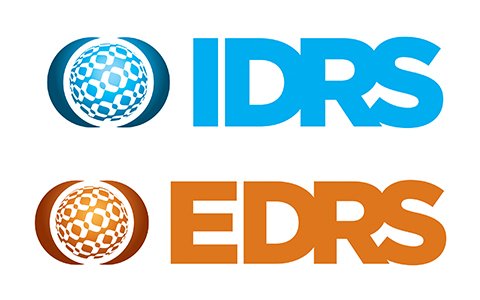Use of cocaine and higher purity forms of ecstasy and methamphetamine is increasing among samples of people who use drugs, according to the 2018 Drug Trends Reports from the National Drug and Alcohol Research Centre (NDARC) at UNSW Sydney.
The Ecstasy and Related Drugs Reporting System (EDRS), which includes annual interviews with a sentinel sample of people who regularly use ecstasy and other stimulants recruited from all Australian capital cities (799 participants in 2018), has shown that cocaine use continues to increase, from 48% reporting any use in the last six months in 2017 to 59% in 2018. But the report authors emphasise that most consumers continue to report infrequent use: only 7% of the sample used cocaine weekly or more frequently.
Recent use of crystal and capsule forms of ecstasy, reported by consumers to be of higher purity than pills, are at some of the highest levels reported since the EDRS interviews began in 2003 (72% and 62%, respectively, in 2018). One in four EDRS participants (27%) reported weekly or more frequent use of ecstasy.
Half (51%) of the EDRS participants reported use of LSD; one in three (35%) reported use of ketamine; and one in five (18%) reported use of capsules with unknown contents in the past six months. In the last six months, nearly all participants reported use of alcohol (98%), 90% reported use of cannabis, and 85% used tobacco (44% of these daily use).
While methamphetamine use was low amongst the EDRS sample, a sentinel sample of people who inject drugs interviewed separately as part of the Illicit Drug Reporting System (IDRS - 910 participants in 2018) reported increased use of crystal methamphetamine. In 2018, three in four IDRS participants (75%) reported crystal methamphetamine use in the last six months, and one in two participants (47%) reporting weekly or more frequent use. Only 8% of those who reported weekly use of any methamphetamine had received drug treatment for methamphetamine in the past year.
Use of heroin has remained relatively stable among IDRS participants, with 54% reporting recent use in 2018. One in five participants (20%) self-reported a non-fatal overdose in the last year. An increasing number reported knowing about and using naloxone (a medication available over-the-counter at pharmacies which can be used by anyone to reverse the effects of an overdose).
Dr Amy Peacock, Program Lead for Drug Trends at NDARC, cautioned that the results were not reflective of the drug use of all Australians but the trend toward greater use of forms described as higher purity among these samples was cause for concern.
“Use of higher purity stimulants can increase the risk of experiencing acute and long-term negative health effects” said Dr Peacock.
“Acute effects may include dehydration, increased or irregular heart rate, agitation, headaches, and seizures. Use over long periods of time without sleep or in combination with other substances can increase the risk of these types of effects.”
“In terms of long-term harms, we know that people who report heavy stimulant use typically do not engage with treatment or do so intermittently. Part of the issue is the lack of good treatment options for stimulant dependence, although there are trials currently underway in Australia exploring efficacy of various medications.”
“A positive finding is the increased awareness and use of naloxone among the sample of people who regularly inject drugs, although ideally in the future we would hope that everyone who participates knows about naloxone, can access it, and carries it with them in their day-to-day lives”.
Read more on the NDARC website.











